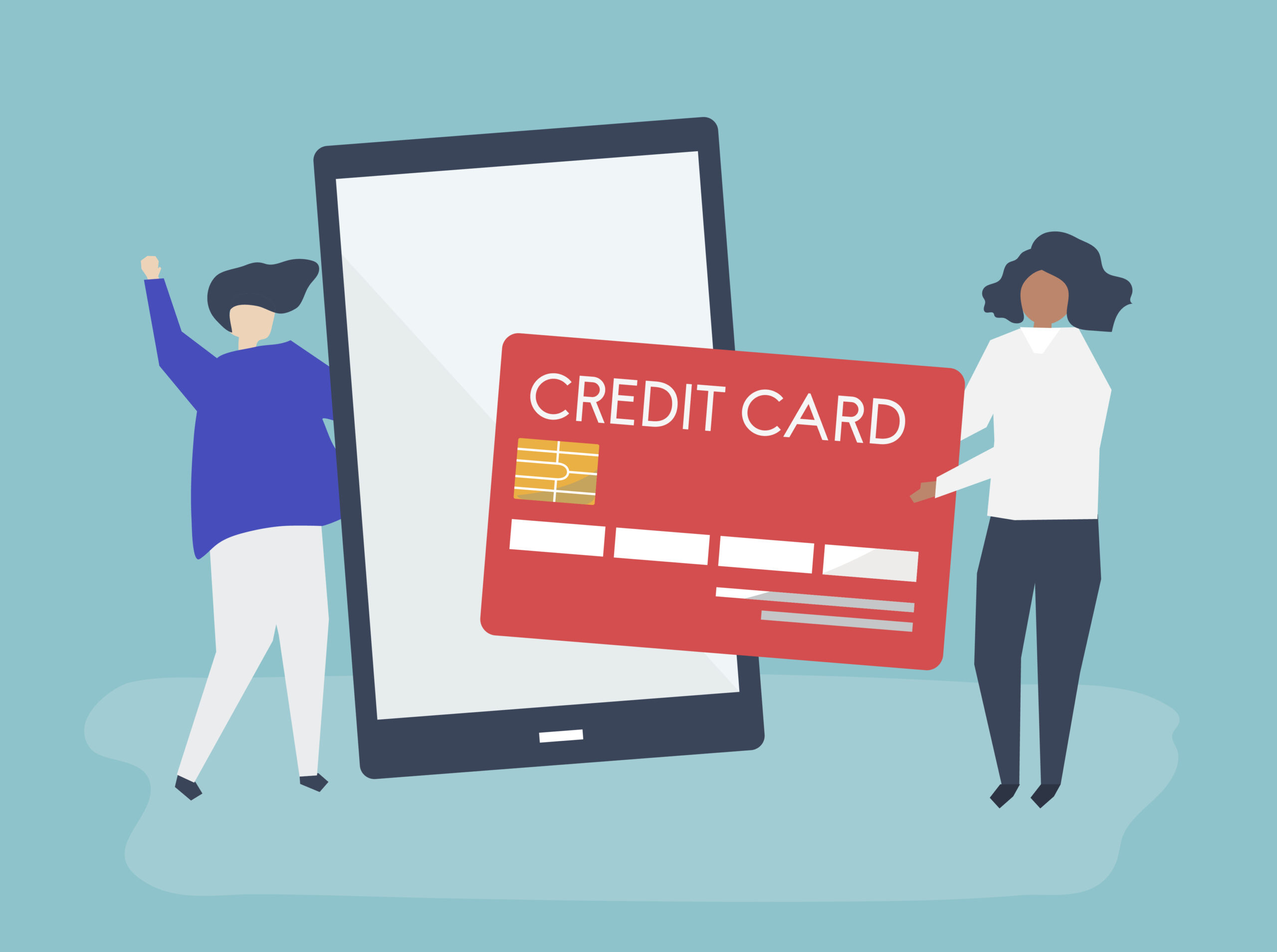
Why You Should Consider a Balance Transfer Credit Card
If you’re grappling with high-interest credit card debt, a balance transfer credit card could be the solution you need. Balance transfer credit cards allow you to move debt from one card to another, often at a lower interest rate. This can help you save money on interest payments and pay off your debt faster. In this guide, we’ll explore the benefits, drawbacks, and considerations of balance transfer credit cards to help you make an informed decision.
What is a Balance Transfer Credit Card?
A balance transfer credit card is a type of credit card that offers special promotional interest rates on transferred balances. Typically, these promotional rates are much lower than standard credit card interest rates and can even be 0% for a certain period. This allows you to transfer high-interest debt from one or more credit cards to a new card with a lower interest rate, reducing the amount of interest you’ll have to pay.
Benefits of a Balance Transfer Credit Card
- Lower Interest Rates One of the primary benefits of a balance transfer credit card is the lower interest rates. Many cards offer a 0% introductory APR for a set period, often between 6 to 18 months. This can significantly reduce the amount you pay in interest and help you pay off your debt faster.
- Consolidate Debt If you have multiple credit cards with balances, a balance transfer credit card can help you consolidate your debt into one payment. This makes it easier to manage your finances and can help you avoid missed or late payments.
- Save Money By taking advantage of a lower interest rate, you can save a substantial amount of money on interest payments. This means more of your payments go towards paying down the principal balance, allowing you to become debt-free sooner.
- Improve Credit Score Paying off your debt more efficiently with a balance transfer credit card can improve your credit score over time. Lower balances and timely payments can positively impact your credit utilization ratio and payment history, which are significant factors in your credit score.
- Additional Perks Some balance transfer credit cards come with additional perks such as rewards programs, cashback offers, and travel benefits. These can add extra value to the card, making it a more attractive option.
Drawbacks of a Balance Transfer Credit Card
- Balance Transfer Fees Most balance transfer credit cards charge a fee for transferring a balance, usually around 3% to 5% of the amount transferred. It’s essential to factor in this cost when considering whether a balance transfer is worth it.
- Limited Promotional Period The 0% introductory APR is only available for a limited time. After this period, the interest rate will revert to the standard rate, which can be quite high. It’s crucial to have a plan to pay off your balance before the promotional period ends.
- Credit Score Requirements Balance transfer credit cards typically require good to excellent credit scores to qualify. If your credit score is not high enough, you may not be eligible for the best offers.
- Potential for More Debt There’s a risk of accumulating more debt if you continue to use your old credit cards after transferring the balances. It’s essential to use the balance transfer as a tool to pay off debt rather than a way to make room for more spending.
- Impact on Credit Score Applying for a new credit card can temporarily lower your credit score due to the hard inquiry on your credit report. Additionally, if you close old credit card accounts, it can affect your credit history length and utilization ratio.
How to Choose the Right Balance Transfer Credit Card
- Compare Interest Rates and Fees Look for a card with the lowest balance transfer fee and the longest 0% introductory APR period. This will maximize your savings and give you more time to pay off your debt.
- Check the Standard APR Ensure you understand the standard APR that will apply after the promotional period ends. A lower standard APR can save you money if you’re unable to pay off the entire balance during the introductory period.
- Consider Additional Benefits Evaluate any additional perks or benefits that come with the card, such as rewards programs or travel benefits. While these should not be the primary reason for choosing a card, they can add value.
- Read the Fine Print Carefully read the terms and conditions to understand any limitations or requirements. Look for details on balance transfer fees, the length of the promotional period, and any restrictions on transferring balances.
- Assess Your Financial Situation Consider your ability to pay off the balance within the promotional period. Create a repayment plan to ensure you can take full advantage of the 0% APR period.
Steps to Apply for a Balance Transfer Credit Card
- Check Your Credit Score Before applying, check your credit score to ensure you meet the requirements for the best balance transfer offers. You can get a free credit report from annualcreditreport.com.
- Compare Card Offers Research different balance transfer credit cards to find the best offer that suits your needs. Compare interest rates, fees, and additional benefits.
- Gather Information Collect information about your existing credit card debts, including balances, interest rates, and account numbers. This will be needed when you apply for the balance transfer.
- Apply for the Card Apply online or in-person for the balance transfer credit card. Provide the necessary information and wait for approval. This process may include a credit check.
- Initiate the Balance Transfer Once approved, contact the new credit card issuer to initiate the balance transfer. Provide the details of the debts you want to transfer, and ensure you understand any fees involved.
- Monitor Your Accounts Keep an eye on both your old and new credit card accounts to ensure the transfers are completed successfully. Continue making payments on your old accounts until the balance transfer is confirmed.
- Create a Repayment Plan Develop a plan to pay off the balance within the promotional period. Stick to your budget and avoid using your old credit cards to prevent accumulating more debt.
Tips for Maximizing the Benefits of a Balance Transfer Credit Card
- Pay More Than the Minimum To take full advantage of the 0% APR period, aim to pay more than the minimum monthly payment. This will help you pay off the balance faster and save on interest.
- Avoid New Purchases Resist the temptation to make new purchases with the balance transfer credit card. Focus on paying down the transferred balance to avoid additional debt.
- Monitor Your Credit Score Regularly check your credit score to track your progress and ensure there are no errors on your credit report. This can help you stay on top of your financial health.
- Stay Organized Keep track of payment due dates, balance transfer deadlines, and the end of the promotional period. Set reminders to avoid missed payments and late fees.
- Seek Professional Advice If you’re unsure about the best course of action, consider seeking advice from a financial advisor. They can help you create a personalized plan to manage your debt effectively.
Common Mistakes to Avoid
- Not Paying Off the Balance Failing to pay off the transferred balance within the promotional period can result in high-interest charges. Make sure you have a plan to pay off the debt before the 0% APR ends.
- Ignoring Balance Transfer Fees Overlooking the balance transfer fee can diminish the benefits of transferring your debt. Calculate the total cost to ensure the balance transfer is worth it.
- Continuing to Use Old Credit Cards Using your old credit cards after transferring the balances can lead to more debt. Focus on paying off the transferred balance before making new charges.
- Missing Payments Missing payments on your new balance transfer credit card can result in losing the promotional interest rate. Ensure you make timely payments to avoid penalties.
- Closing Old Credit Card Accounts Closing old credit card accounts can negatively impact your credit score by reducing your credit history length and increasing your credit utilization ratio. Keep the accounts open but avoid using them.
You can also read : How to Find the Lowest Interest Rate Credit Cards Today
Conclusion
A balance transfer credit card can be a powerful tool for managing and paying off high-interest credit card debt. By taking advantage of lower interest rates and consolidating your debt, you can save money and become debt-free faster. However, it’s essential to carefully consider the terms and fees associated with balance transfer credit cards and to create a solid repayment plan. By avoiding common mistakes and staying disciplined, you can make the most of a balance transfer credit card and improve your financial health.







Leave a Reply